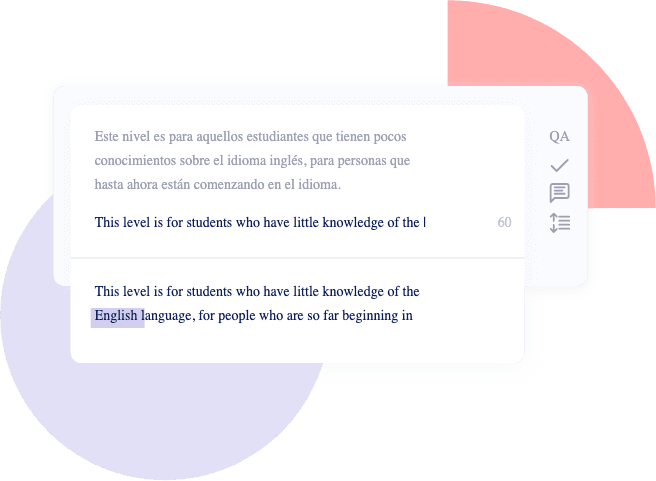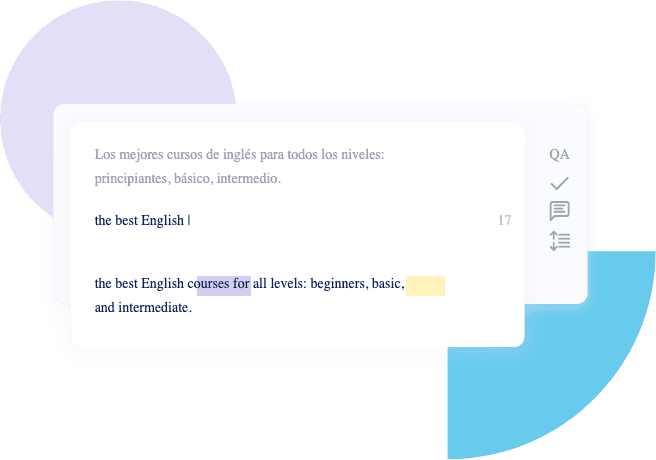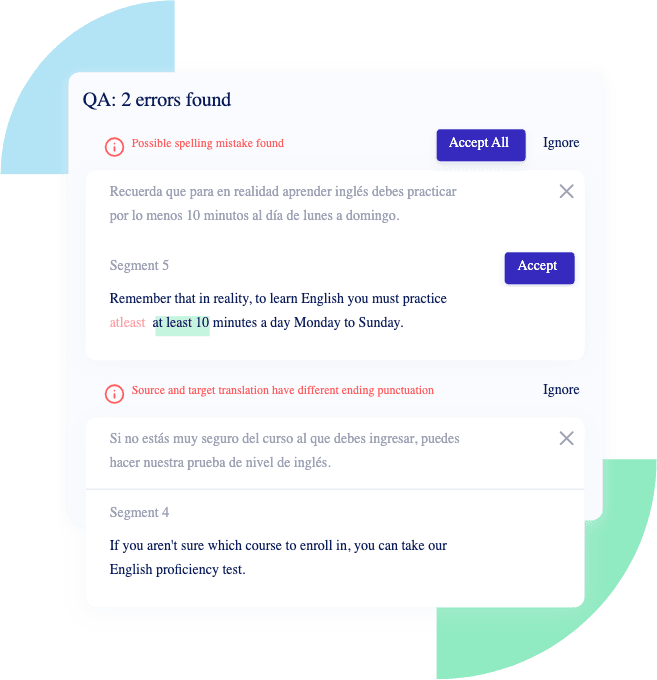Research and Deployment at the Cutting Edge of AI
LILT's Applied AI team does basic research at the cutting edge of data, models, and deployment. With LILT, customers are future-proofed as AI develops.
Large Language Models
LILT's V3 model series are the world's first and only models that continuously learn business context from human feedback. They can be deployed securely on-prem and in fully air-gapped environments.

Related Research
Post-Training
LILT V3.5: The world's first and only model series that continuously adapts to human feedback and business context.

Related Research
Mixed-Initiative Agentic Systems
LILT pioneered human-AI teaming to solve complex content production problems.

Related Research
